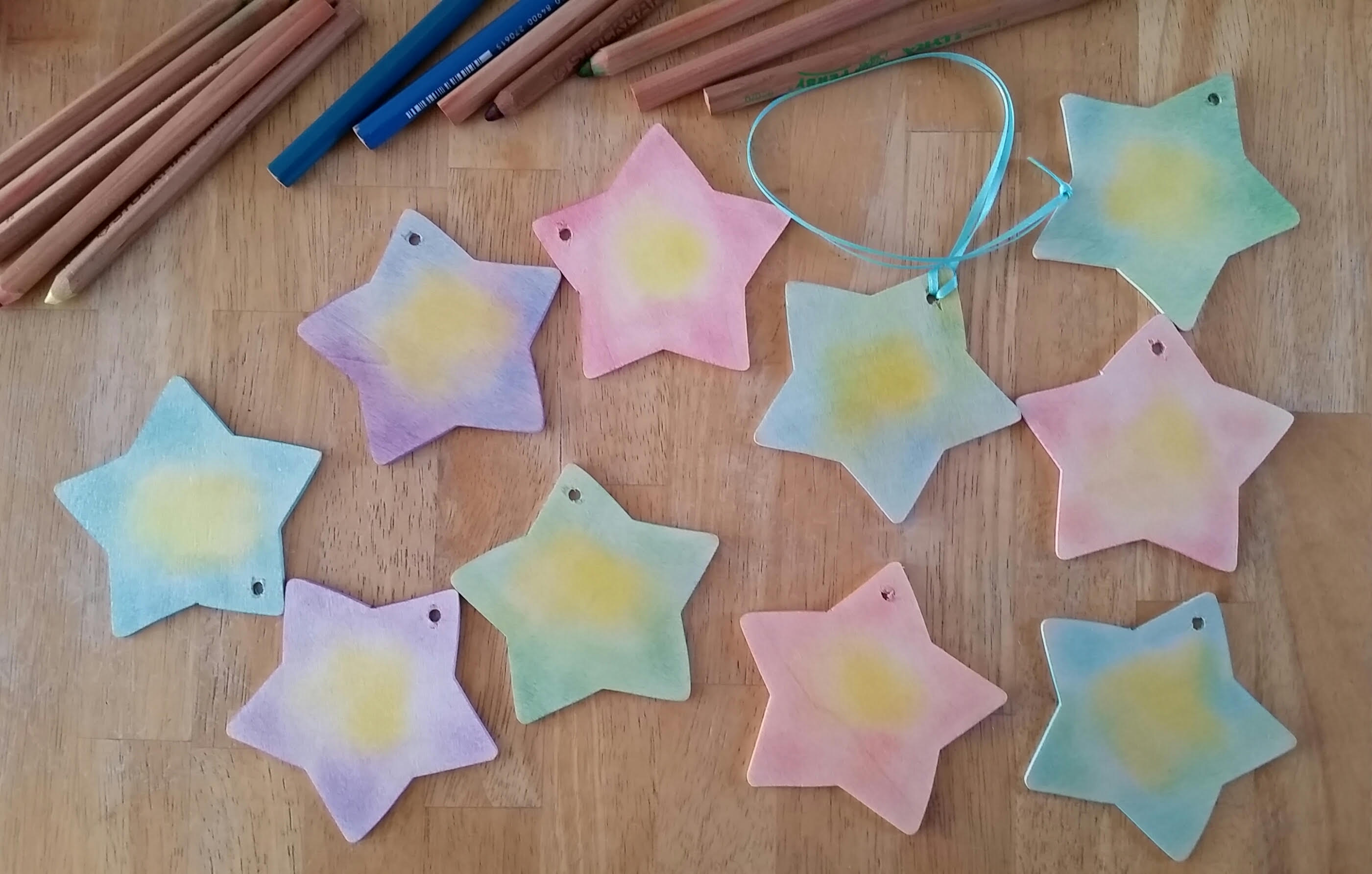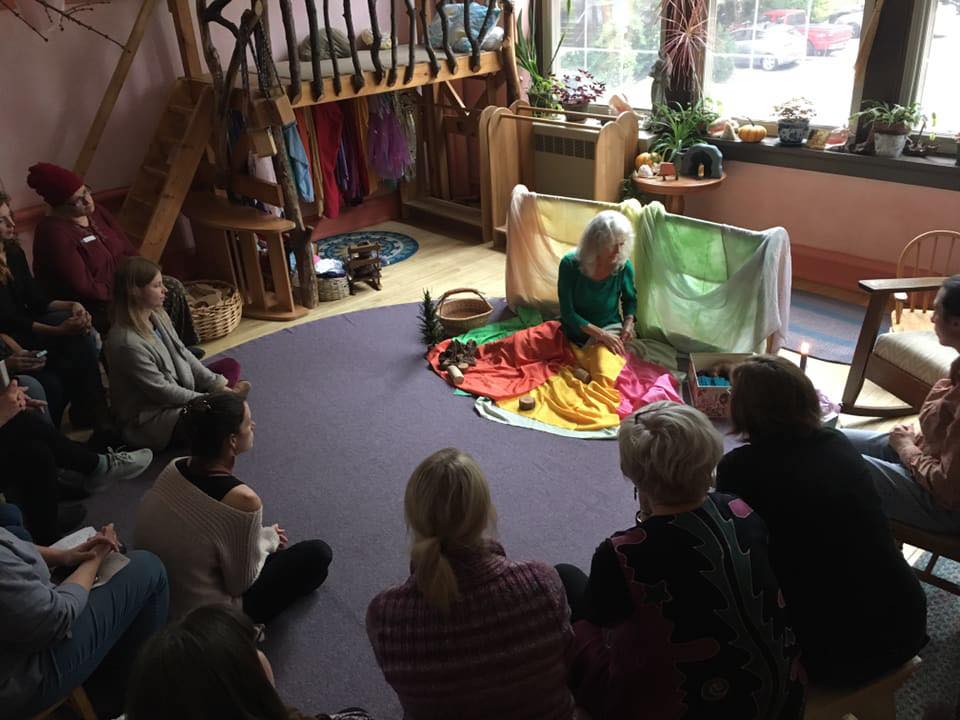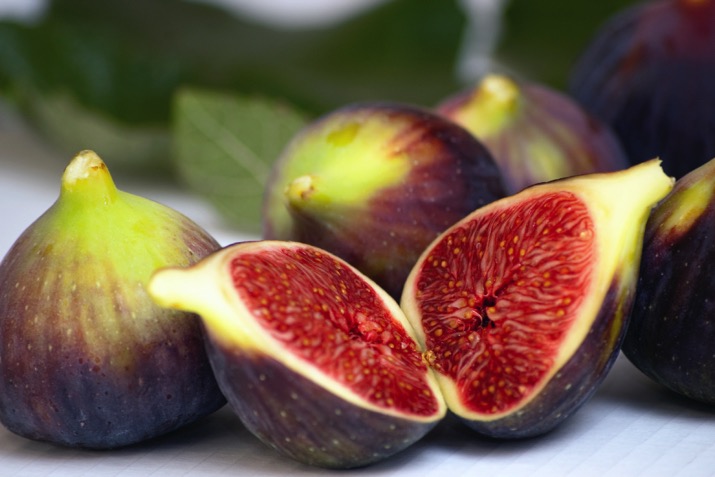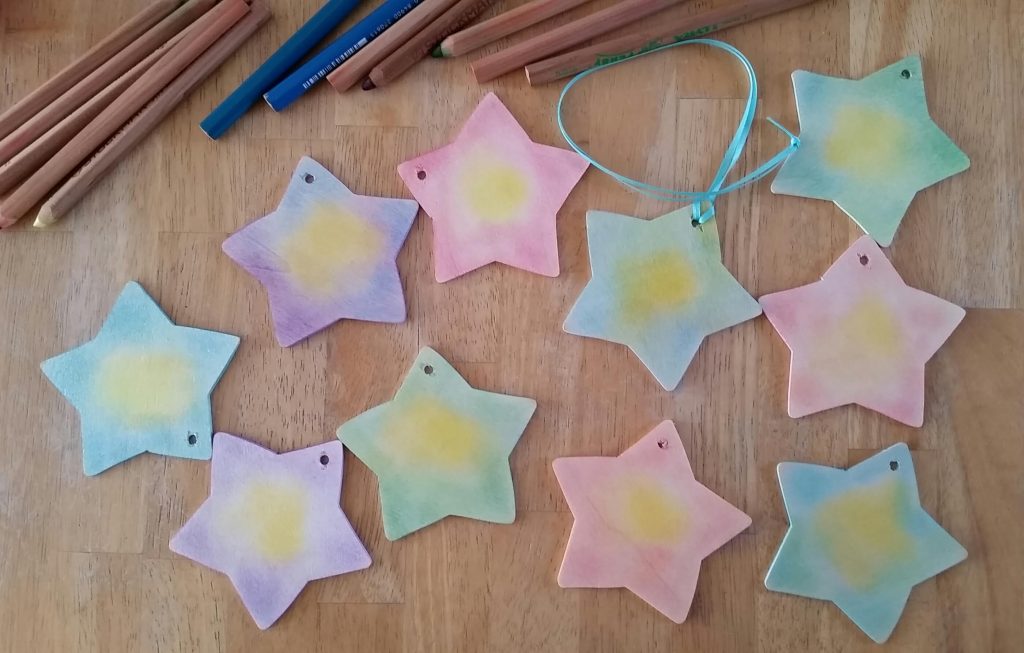December 16, 2018
We’ve all been given a gift, the gift of life. What we do with our lives is our gift back. – Edo

The gift-giving season is upon us. So many gift-giving opportunities! (Or obligations, depending on how you look at it…) It’s enough to make your head spin, and it can be hard to steer the “gift train” onto a new track, no matter how intentional we try to be.
Thankfully, a couple of remarkable authors have recently challenged and deepened my understanding of the word “gift”. Firstly, Robin Wall Kimmerer with her profound book Braiding Sweetgrass. Her description of gifts from the natural world through the lens of the simple strawberry is one of the most thoughtful reflections I have read in a long time. I invite you to read an excerpt here.
Secondly, I have enjoyed the work of Charles Eisenstein, author of The More Beautiful World Our Hearts Know Is Possible and Sacred Economics. A short video by Charles is included below.
I continue to find my way toward intentional gift-giving and receiving, and I am grateful for inspiring people who help me along that path. It’s a long, winding journey. May your gifting be blessed and meaningful this holiday season.
Blessings on your week,

Mary O’Connell, Your Living Arts Weekly blog editor
Social Awareness
Practical Activity
Wooden Star Ornaments – a simple and beautiful homemade gift
from Pamela Perkins

Purchase wood star cutouts. They are available from Amazon or Michael’s (or you might find another source you like better!)
Cut a small piece of cotton from an old bed sheet or similar. Color firmly onto the sheeting with Lyra (or other high quality) colored pencils.
Fold the cloth over your finger and rub onto the wooden ornament using firm circular movements. The color will come off of the fabric onto the ornament.
Gold and yellow in center first, then work your way to the outside. Remember to do the edges, too.
Creative Exploration
Stories for the Early Winter
from Sharifa Oppenheimer

Just before Christmas, I like to tell these winter stories. They are stories of transformation, which image for the young child the forces of growth, in the natural world as well as within the kingdom of humanity. I tell each story for one week, with the Christmas story as the last one.
There are many winter stories from various traditions and cultures, especially within our temperate climate, which use the images of light being born out of darkness. I have chosen to focus on this particular tradition because it is familiar culturally. For me the telling of these stories is a way to wrest the deep spiritual significance of the cyclic transformation of light (and its corollary importance in the human soul) from the societal marketers and money magicians. These stories image the transformation of consciousness, beginning with the story of the mineral kingdom in the crystalline formation of the snowflakes, moving through the plant kingdom with the story of a little fig tree, and on to the animal kingdom in a story of the birds and the animals’ speech. The final one is the transformation of our humanity, the story of the “child of light,” the Christmas story itself. In each story, we see the central figure take a step in evolution; we see something brand-new appear. I have been told these stories come from an ancient medieval tradition. They are stories to delight and inspire!

The Fig Tree (second of a series)
Once upon a time, there was a little fig tree. She grew happily on a hill, close beside a stable. She loved her hillside, and all the busy goings-on at the stable close by. In the spring, she watched as the shepherd maiden brought the new lambs and their mothers out into the green meadow, to eat the soft spring grasses. In summertime, she saw the shepherd maiden bring the flock up higher on the hill, to catch the cool breezes. At autumn’s harvest, she breathed the fragrant perfume of fresh-mown hay, as bales were stacked into the stable for the coming cold. In winter, she thrilled to the silent snow, shimmering under the light of the moon.
She knew everything there was to know about life on her hillside. And so, you can imagine how very surprised she was one frosty winter night. The shepherd maiden had brought fresh hay, the animals had been fed, and the stable door was locked that the animals be snug for the night. All was as it should be. Until, surprisingly, the innkeeper led an old man, a young woman and a little gray donkey out to the stable. “What on earth is this?” she wondered to herself.
The innkeeper returned to the house, but the other people stayed inside the stable. Humans did not sleep in the stable for the night, except perhaps an occasional shepherd on a warm summer’s eve. Surely these people couldn’t mean to sleep here! Humans had such thin skin, not properly thick and rough, like her excellent bark, or even sensibly furred, like her friends, the animals. How would they survive the cold? She wondered these things as she watched from her place close by.
Suddenly a brilliant light was kindled, right there inside her stable! This light began to pour out through all the cracks between the boards, reflecting off the glistening snow. What was happening in there? She became ever and ever more curious. Soon the stable door opened, as the old man wrapped tight against the cold, began searching on the ground for something. He made his way up the hillside, stopping finally to bend down again and again below a giant old fir tree. When he returned, the little fig tree saw his arms full of pine boughs. She knew he was bringing the wood back to the stable. She determined that this time when he opened the door, she would stretch out her neck and peek inside. She wanted to see what this was all about, and where that dazzling light came from! But when he opened the door, stretch as hard as she might, she could not quite see inside. Now what would she do? She became more curious than ever. She just had to find out!
In the distance, she heard the tiny sound of flute music wafting over the frozen fields. Soon, she heard the happy voices of the neighboring shepherds, singing their rowdy evening songs. When she knew they, also, were coming toward the stable, she was thrilled! When they opened the door, all she needed to do was stretch a little farther, to see all of this wonderment in the night. She swayed a little in the breeze, waiting in anticipation. Finally, they arrived all breathless, and scrambling along. When the door opened, she stretched her farthest, and even a little more….but still she could see nothing.
Then she did something that no other of all the green-growing-things in the world had ever done! She let go of all the stones and crystals, which she had held so tightly with her root-y little toes. She pulled one brown and bark-y foot up above the earth, and then she pulled up the other. Then step by step, roots and all, she walked to the stable door.
And can you imagine what she saw? She saw that all the glowing light came from the shining face of a tiny new baby. There, in the manger, lay a fresh sweet baby! She was so happy to see this child of light, that she gave him his first birthday present. She bowed low before him, and offered him all of her round ripe figs. Every one smiled at the baby, at the delicious present, and especially at the little fig tree. It was a very happy night indeed.
[Sharifa Oppenheimer is the author of Heaven on Earth: A Handbook for Parents of Young Children and What is a Waldorf Kindergarten. She taught young children for 35 years and now loves teaching adults through the LifeWays trainings. She also travels offering lectures which explore the ways in which the latest findings in brain research support Steiner principles. Sharifa lives with her husband in an enchanted forest in Virginia, and is the mother of three grown sons, who were raised within the Waldorf tradition.]Nurturing Care
Give yourself and your family a gift

Register for our popular online course “Creating your Family Culture” and receive the NEW January/February edition of Living Arts Through the Seasons for FREE!
Here’s what participants have said about Creating Your Family Culture:
Wonderful, realistic (!) inspiration. “Our family really can ‘do it all,’ but we don’t need to do it all right now.” I loved this training, great content! I also really like that I can come back and reference the course any time I want.
The encouragement to make a visual representation of family values was my favorite thing about this course. I felt it gave me something tangible to shoot for and light the way.
“Creating your Family Culture” helps you understand WHY you want to create your own unique family culture, and WHAT your core values are. “Living Arts through the Seasons” helps you DO it every month, with the Living Arts as your guide!
That’s two complete courses — a value of $70 — for only $40.
Click here to begin Creating your Family Culture right away. Living Arts Through the Seasons opens on January 1st. We hope you’ll consider joining our growing number of parents who are connecting and growing together in our online learning community. EACH MONTH of “Living Arts through the Seasons” includes a tutorial for creating a Parenting Circle in your own community with others who share your parenting values. What a great way to experience what is good in the world. Inspire each other with ideas that work, and support each other as you explore challenges!
